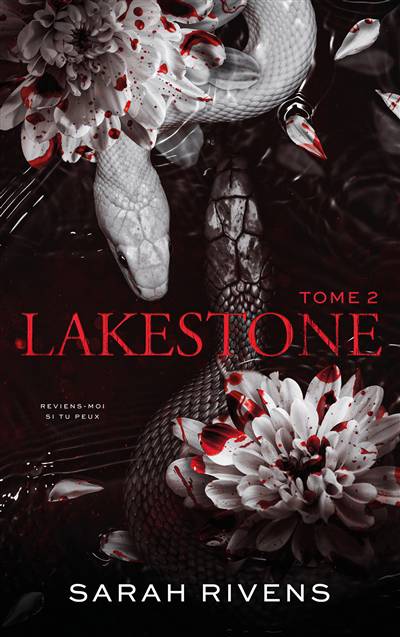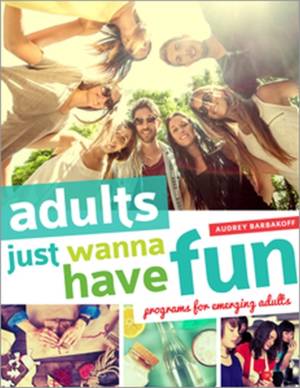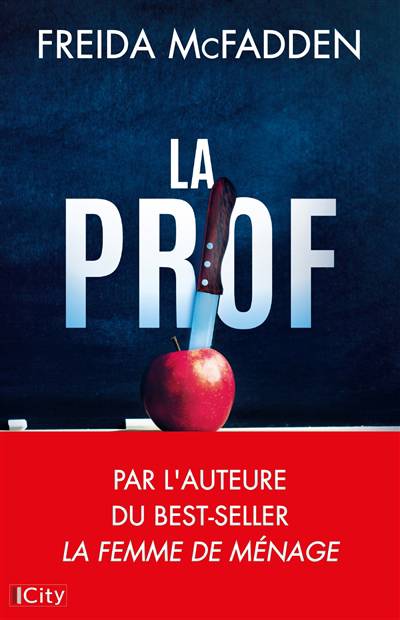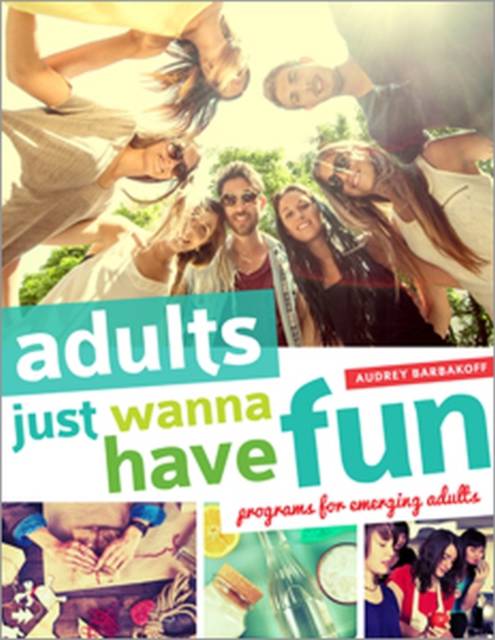
- Retrait gratuit dans votre magasin Club
- 7.000.000 titres dans notre catalogue
- Payer en toute sécurité
- Toujours un magasin près de chez vous
- Retrait gratuit dans votre magasin Club
- 7.000.0000 titres dans notre catalogue
- Payer en toute sécurité
- Toujours un magasin près de chez vous
83,45 €
+ 166 points
Description
There are a wealth of resources out there geared towards serving the needs of toddlers, school age children, young adults, and senior citizens. But something's missing. Library users in their 20s and 30s constitute one of the most underserved populations for public libraries, and there's a scarcity of guidance on how to target them. Barbakoff's fun and practical programming book helps to fill that gap. A 2013 Library Journal Mover & Shaker who was also named one of Flavorwire's "10 of the Coolest Librarians Alive," she shows how to draw emerging adults to the library using a mixture of play and engagement and then keep them coming back for more. Packed with ideas that are real-world tested and approved, this guide examines the unique needs and expectations of millennials, many of whom are already avid readers and have the potential to become a core part of the public library user base; presents easily adaptable programs that are fun for a variety of groups, from "Bad Art Night" and "DIY Hot Cocoa Mix" to "Library Speed Dating" and "Homemade Spa Products"; features a range of events that move the library outside and into the community, such as hosting a book club in a bar, combining books and bikes, partnering with a commercial kitchen for a cookbook group, and a book-to-action program that uses book discussions as springboards to hands-on service projects; offers advice for garnering funding and support by showing how to connect programming to the library's fundamental values; and provides tips for prep, setup, and teardown, plus pointers on marketing and outreach. By taking the initiative to offer programming that appeals to emerging adults, public libraries help to make them life-long library users. It's an investment that will reap benefits for years to come, and this book shows how to make it happen.
Spécifications
Parties prenantes
- Auteur(s) :
- Editeur:
Contenu
- Nombre de pages :
- 138
- Langue:
- Anglais
Caractéristiques
- EAN:
- 9780838913918
- Date de parution :
- 21-01-16
- Format:
- Livre broché
- Format numérique:
- Trade paperback (VS)
- Dimensions :
- 216 mm x 280 mm
- Poids :
- 335 g

Les avis
Nous publions uniquement les avis qui respectent les conditions requises. Consultez nos conditions pour les avis.






